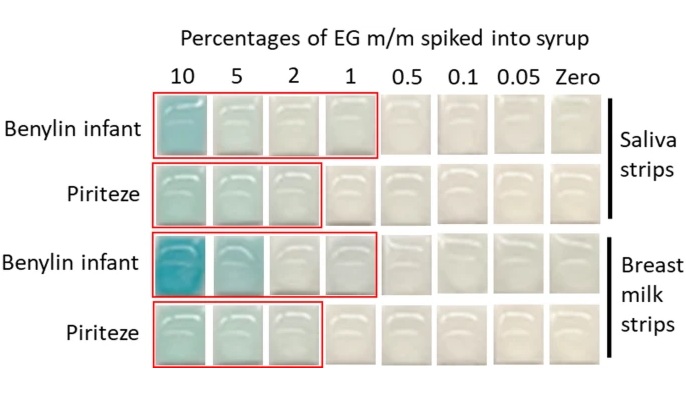Routine Blood Tests Could Speed Up Cancer Diagnosis for People with Abdominal Symptoms
Posted on 31 Jul 2024
Early detection is critical for successful cancer treatment. Yet, many patients with cancer visit their primary care providers with vague symptoms that could result from various benign conditions, complicating the determination of who needs further diagnostic testing or a referral. Most existing guidelines highlight specific "alarm" symptoms for different cancers to guide referrals, but advice on nonspecific symptoms that span multiple cancer types is scarce. Now, a new study has found that incorporating data from routine blood tests could improve cancer risk assessment for patients presenting with abdominal symptoms.
Conducted by researchers at University College London (London, UK), the study utilized data from the UK Clinical Practice Research Datalink, examining over 470,000 patients aged 30 and older who consulted their general practitioner for abdominal pain or bloating. Within one year of these consultations, about 9,000 patients with abdominal pain and 1,000 with bloating were diagnosed with cancer. The study assessed 19 abnormal blood test results from the initial primary care visit to see if these could predict a higher likelihood of a cancer diagnosis. Several blood abnormalities were found to predict cancer risk, regardless of the patient's sex and age. For instance, in patients between 30 and 59 years old presenting with abdominal symptoms, conditions such as anemia, low albumin levels, elevated platelets, abnormal ferritin levels, and increased inflammatory markers were strong predictors of undiagnosed cancer. In patients over 60, symptoms of abdominal pain or bloating alone were considered sufficient for a cancer referral.
.jpg)
Published in PLOS Medicine, the study detailed which cancers were most frequently diagnosed based on age, sex, and specific blood abnormalities. For instance, women aged 50-59 with anemia and abdominal bloating were most commonly diagnosed with bowel and ovarian cancer. This specificity could aid healthcare providers in deciding which diagnostic tests to prioritize. The findings suggest that routine blood tests can offer valuable insights for evaluating patients with nonspecific abdominal symptoms, enhancing cancer risk assessment and pinpointing those who may need further testing or a specialist referral. However, the researchers noted that these results might not directly apply to health systems with different frequencies of blood test usage.
“Our study suggests we can improve cancer detection with blood tests that are already available and that are routinely given to patients with non-specific symptoms whose cause is unclear,” said lead author Dr. Meena Rafiq of the UCL Department of Behavioral Science & Health. “This could be an efficient, affordable way to improve early cancer diagnosis and in some cases increase the likelihood of successful treatment.”
Related Links:
University College London













